
NATURAL ATTRACTIONS
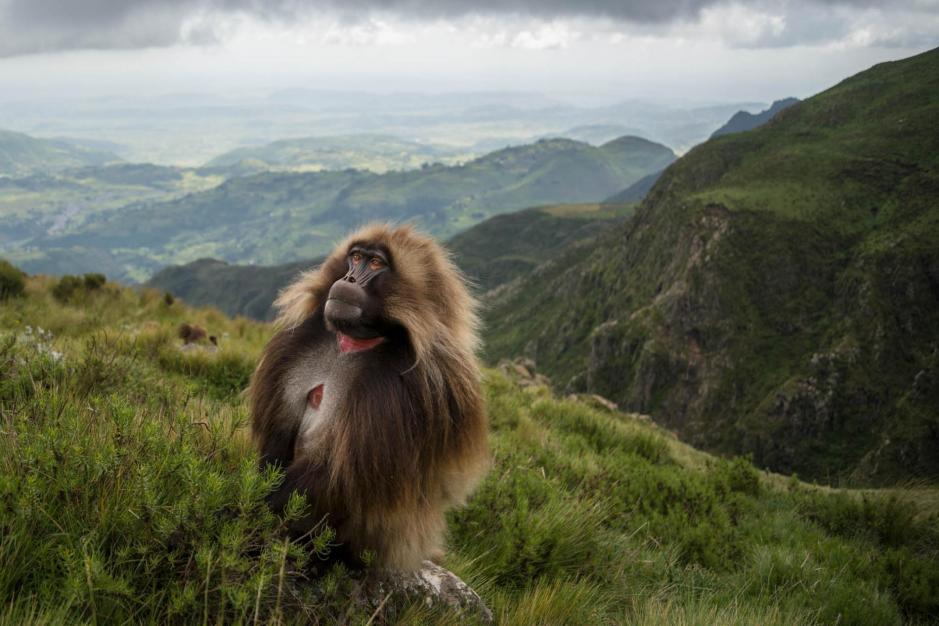
Ethiopia has been independent for three million years; she has survived dynamic historic changes and is the birthplace of great endogenous civilizations. Today's Ethiopia was once in control over the entire East African territory. At that time it was a world-famous influential powerhouse with absolute control over the Red Sea, Indian Ocean trade routes and South Arabian countries.
Ethiopia is a country of variety, extremes, uniqueness, freedom, colorful culture, religions, legends, natural beauty and much more. On the map of East Africa, Ethiopia is easily found in the area called the horn of Africa. Covering a total area of 1,235,000 sq. km., Ethiopia shares boundaries with Kenya, Sudan, Somalia, Djibouti and Eritrea. Ethiopia ranks second in Africa for population size. With over 96 million people before the 2016 census takes place, Ethiopia hosts over 80 different ethnic groups, all of which speak different languages and have their own cultural codes and ways of life. She is now the seat of African Union where a number of international and crucial meetings take place and the hub of many international flights.
The cultural difference, which is a result of immense tribal differences, can be seen among the individual tribes. Rich in culture and a variety of dialects, Ethiopia prides itself on being the only nation in Africa to have its own language (Amharic) and alphabet (Ge'ez) and National Dish, “Injera” that has been found to be gluten free with no protein. Ethiopia was the first country to build a Christian church on African soil. Christianity crossed the border in the 4th Century AD during the time of the Axumite kingdom. Even now this church is believed to shelter the original Ark of the Covenant brought from Israel by King Menelik I of Ethiopia. It is found in the town of Axum in northern Ethiopia. In addition it is here that the famous pre-Axumite obelisks stand. It is believed that the erection of these obelisks dates back to 300-200 BC. The tallest (33m) has fallen down; the second (27m) was stolen but the third (23m) still stands. These structures are the tallest on earth to be carved out of a single rock.
Most of Ethiopia's Muslims are Sunnis, members of the largest sect of Islam. Islam arrived early in Ethiopia. The Prophet himself instructed his followers to respect and protect Ethiopians when they introduced the faith. In 615, Muhammad’s wife and cousin sought refuge at Axum (Aksum) with a number of their followers. This group was fleeing from Mecca's leading tribe, the reactionary Kuraysh, who sent emissaries to bring them back to Arabia, but the Negus Negashi protected them. In the 7th century Islamism had been introduced in Ethiopia. An influx of immigrants and traders from Oman and Yemen during the following centuries increased the number of Muslims in Somalia, Eritrea and what is now Ethiopia. In the coastal areas, Islamic law gradually took root, and by the fourteenth century it was the basis for the official juridical code of some regions. This reflected political realities; most of the inhabitants of these eastern regions were now Muslims. Their coexistence with Christianity was not always an easy one, and the sultans who ruled over parts of Ethiopian territory sometimes came into open conflict with the Christian kings.
Ethiopia is considered to be the original home of humankind. The 1974 discovery of Lucy, locally called Dinkinesh (meaning “you are special”), claims this as true. The 12th-century town of Lalibela, located in north-west Ethiopia, has been home to the extraordinarily carved rock- hewn churches since the reign of King Lalibela (1181-1221 AD). These eleven rock-hewn churches are sometimes referred to as the eighth wonder of the world. Gondar, the town of castles and the 17th century Ethiopian capital, has great historical importance. It was here that King Fasiladas relocated the former capital. The best example of a medieval-period church is that of Debre Berhan Selassie, which adds to Gondar's beauty.
Southwards, the Rift Valley system is another wonderful region where many other attractions are situated. The six or seven Rift Valley crater lakes are home to a large number of bird and marine life. They are also a paradise for nature, bird and water lovers. National parks with their exotic birds, animals and plant life add to the beauty of the Rift Valley region. Beautiful landscapes and natural features are the most enjoyable components of the system. Such as the Salt lakes, active volcano sites and caravan routes still number among Ethiopia's great attractions in the Rift Valley.
Further south is the Omo Valley with its popular ethnic treasures. This is where about 50% of Ethiopia's ethnic groups live: the Konso with their terraced agriculture and rituals; the Mursi with their clay lip plates and barbarian life style; the Hamer with their bull-jumping ceremony, which young men must experience in order to qualify for adulthood; and the Karo with their body painting and adornment. Here unusual traditions such as dance, music and rituals from birth to marriage and burial are still observed in their genuine and original form.

Ethiopia
Simien Mountains National Park
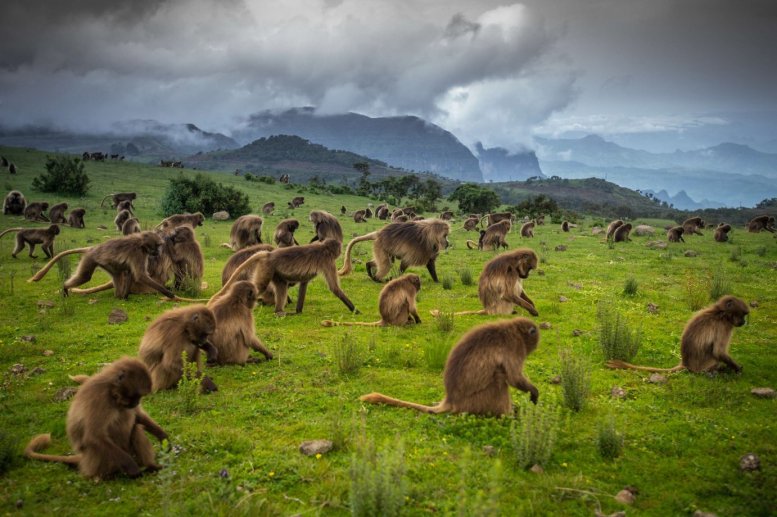
The Simien Mountains are one of the prominent highlands of Africa rising to the highest point of Ethiopia - Ras Dashen (4530m), which is believed to be the fourth highest peak in Africa. Though the Simien Mountains are not far from the equator, snow and ice might appear on the highest point and temperatures sometimes drop to zero or below.
The national park has three main botanical regions: the higher lands are mountain grass lands with fescue grass as well as heather trees, splendid red hot pokers (only seen from August to the end of September) and Giant Lobelia.
The park was primarily established to rescue the Walia Ibex, a species of wild goat. Some 1000 of them are said to be still living in the park and their population size is growing thanks to appropriate conservation. They are the only ones in the world and Simien Mountains NP is the only place where you could find them. Also in the park you could see a number of unique Gelada Baboons with a “bleeding heart” on the chest; and the rare simian fox can also be seen there. Over 50 species of birds have been found in the Simien Mountains.
People settled many years ago in the park and they still live there doing many different activities such as farming, animal breading and mixed farming. It is believed that they settled there in the 16th century and their origin is in the South Arabia.The traditional and cultural way of living of the local people is one of the attractions of the national park. Both Christians and Muslims live peacefully in the park and they share everything they have during public holidays as well as wedding and funeral ceremonies. This is the way they express their mutual understanding and co-existence.
Awash National Park
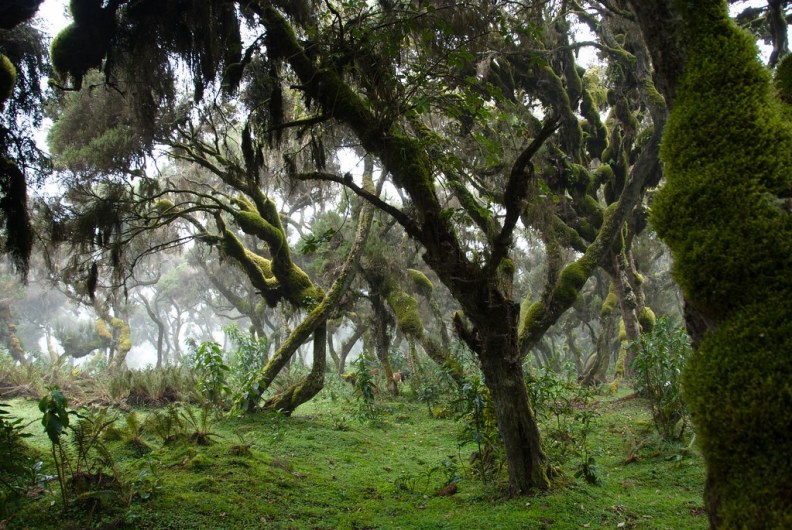
wash National Park is geographically situated in the main Rift Valley system. Dominated by savannah vegetation, it is a home to various mammal and bird species.
Mammals that can be seen in the park include the lion, leopard, water buck, Anibus baboon and Colobus monkey. The Awash River crosses the park and is a home to the hippopotamus and crocodile. In the park, there can be seen a number of lowland birds such as the kingfisher, emerald spotted wood dove, secretary bird, fish eagle and tawny eagle, francolin and about 300 other species of birds.
With the main highway dissecting the northern and southern parts, Awash National Park has extra treasures to offer. The hot springs near Fentale Mountain in the northern section make an enjoyable half-day trip. The Awash River falls into the southern section of the park and is a perfectly refreshing addition to an interesting game drive through the 756sq. km. area. The Afar and Kereyu nomadic tribes are an additional sight in the park.
Bale Mountains National Park
This park is a home to the endemic mammal species of the mountains: Nyala, Ethiopian wolf (simien fox), Menelik's bushbuck, lion, Bhor reedbuck, greater and lesser kudu, leopard, warthog, etc.
Hygiene Abyssinica and juniper trees dominate the park giving a suitable environment for birds such as thick-billed raven (endemic), Roget's rail (endemic), wattled ibis (endemic), etc. Mount Tuludimtu, the second highest peak in Ethiopia (4373m), adds to the beauty of the landscape. The mountain is surrounded by forests and escarpments, which are ideal spots for trekkers.
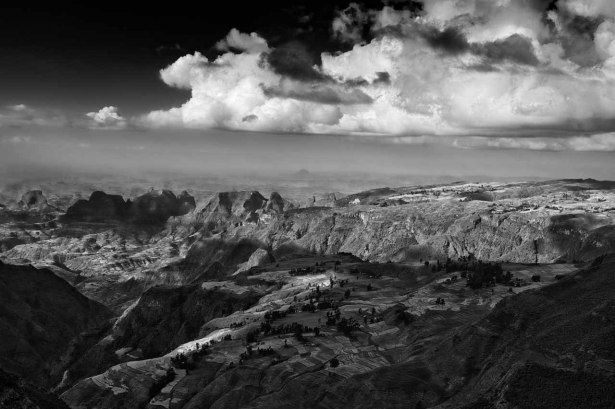
Abyata-Shala Lakes National Park

This park is located about 200km south of Addis. Situated in the main Rift Valley, it has two beautiful lakes, Abyata and Shalla. The park is a home to a few mammal species and many birds. The two lakes in the park are found side by side, yet have different features. Lake Shalla is the deepest lake in the Rift Valley (260m) and Lake Abyata is the shallowest (13m). Lake Abyata is a home to enormous numbers of big game as well as nesting birds, whereas Lake Shalla is not rich in bird species. An ostrich farm is another charm in this national park and it is the only park where ostriches can be seen in large numbers.
Nechisar National Park
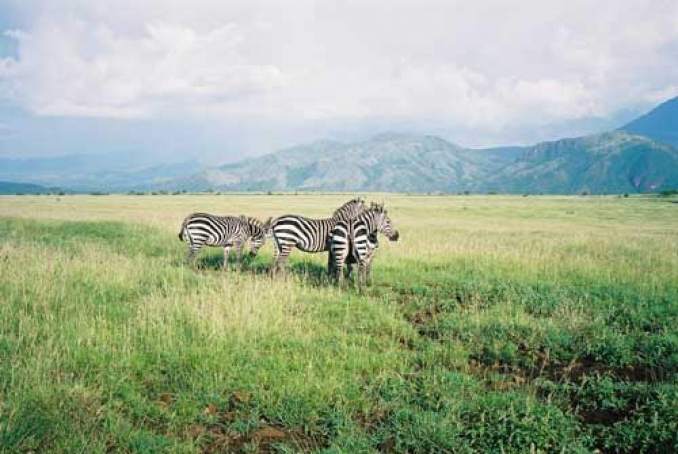
This park is found near the southern end of the Rift Valley system. Bordering on two beautiful Rift Valley lakes, Abaya and Chamo, it possesses extraordinary landscapes as well as exotic flora and fauna. The endemic mammal Swayne's hartebeest is found in this park. The lion, zebra, leopard, gazelle, baboon and other mammals are common there. The two lakes in the park abound in exotic marine life. Hippos and crocodiles live there in colonies.
Omo and Mago National Park
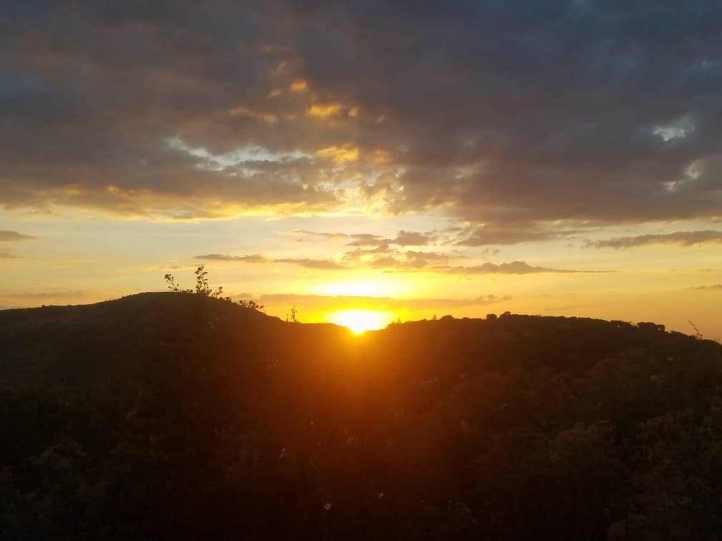
ocated at the southernmost part of Ethiopia, Omo National Park extends along the banks of the Omo River. Unlike the other national parks, this park has a rich wild animal reserve of big game such as the elephant, buffalo, lion, cheetah, leopard, giraffe, etc. This park is also a home to the Mursi people, who are regarded as the most interesting aspect of the Omo Valley. This tribe settled by the banks of the Omo River and is famous for wearing clay lip plates. The park offers wildlife and virgin culture in one package.
Mago National Park is situated in the same corner as Omo National Park and the two are separated by the Omo River, which drains into Kenya. This park features the same wildlife as Omo National Park. However, Mago National Park is not inhabited by Omotic tribes as the Omo National Park. The two adjacent parks can be seen in the same tour package and are considered two East African treasures.
The Rift Valley
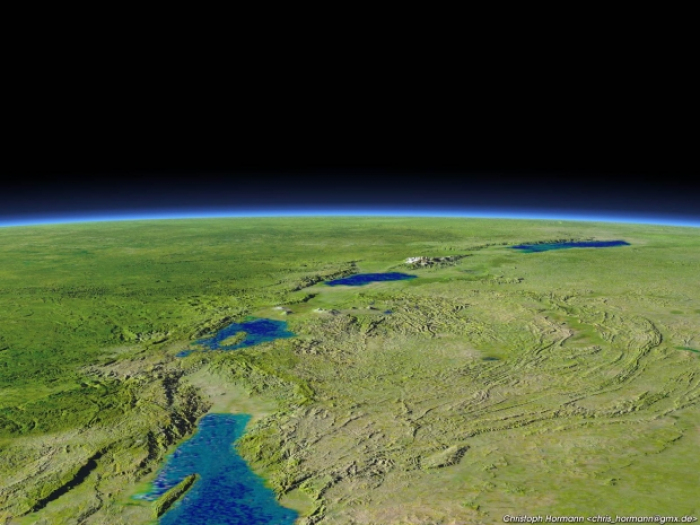
The Rift Valley system is the only natural site that can be seen from space. Here varied plant and wildlife is scenically interspersed with glamorous bodies of water and diversified marine and bird life.
The Ethiopian Rift Valley divides Ethiopia into two almost equal parts. The Rift itself extends from Syria to Mozambique and in Ethiopia it stretches 30000km and runs from the south-eastern to the north-western tip of Ethiopia. It encompasses unique bio-diversity. The lowest point is situated in the north-east (the Danakil Depression is 116m below sea level); Ethiopia's second highest peak (Mount Tuludimtu at 4373m above sea level) is located in the south-east. Four national parks, more than six crater lakes, and rivers with breathtaking marine and bird life are found at either end. The Rift Valley is also rich in various land forms such as gorges, rolling plains, cliffs, and escarpments.
The valley is considered the cradle of humankind since it is a homeland of Lucy, a hominid fossil 3.5 million years old and the oldest hominid fossil ever found on Earth. The valley is an ideal place for those interested in culture and ethnicity. The most colorful cultures and peoples, which account for more than 50% of the total number of tribes, are found in this part of the country. Different peoples, the Mursi, Hamer, Karo, Konso, Erbore and others inhabit this area and have maintained their original culture and way of life.